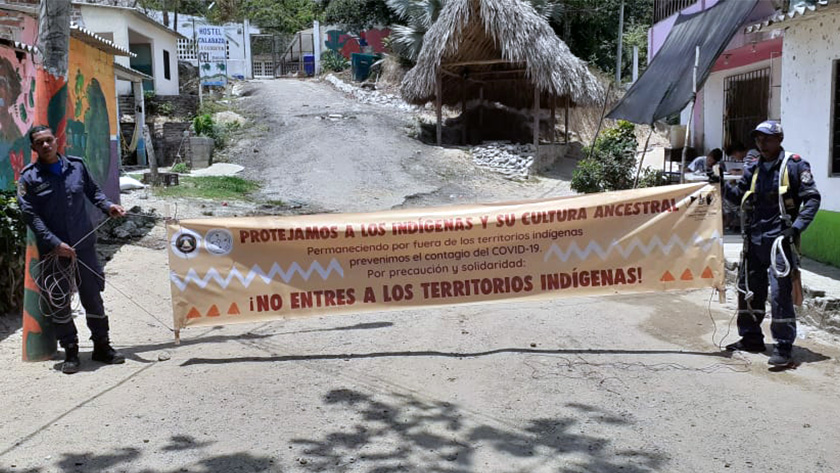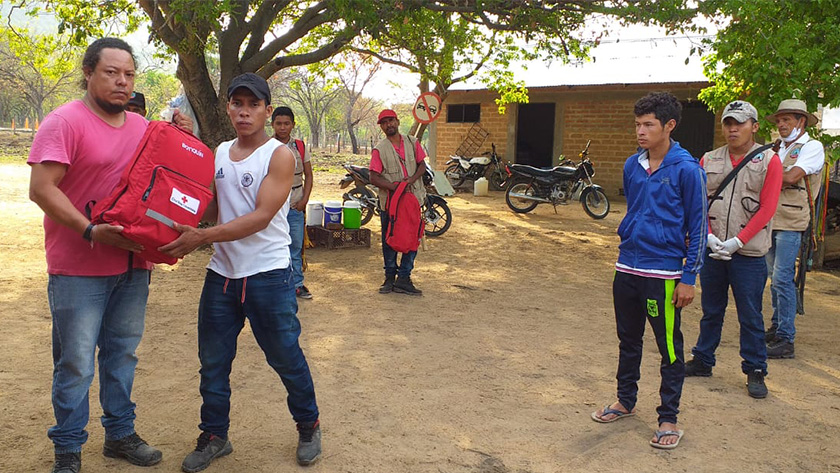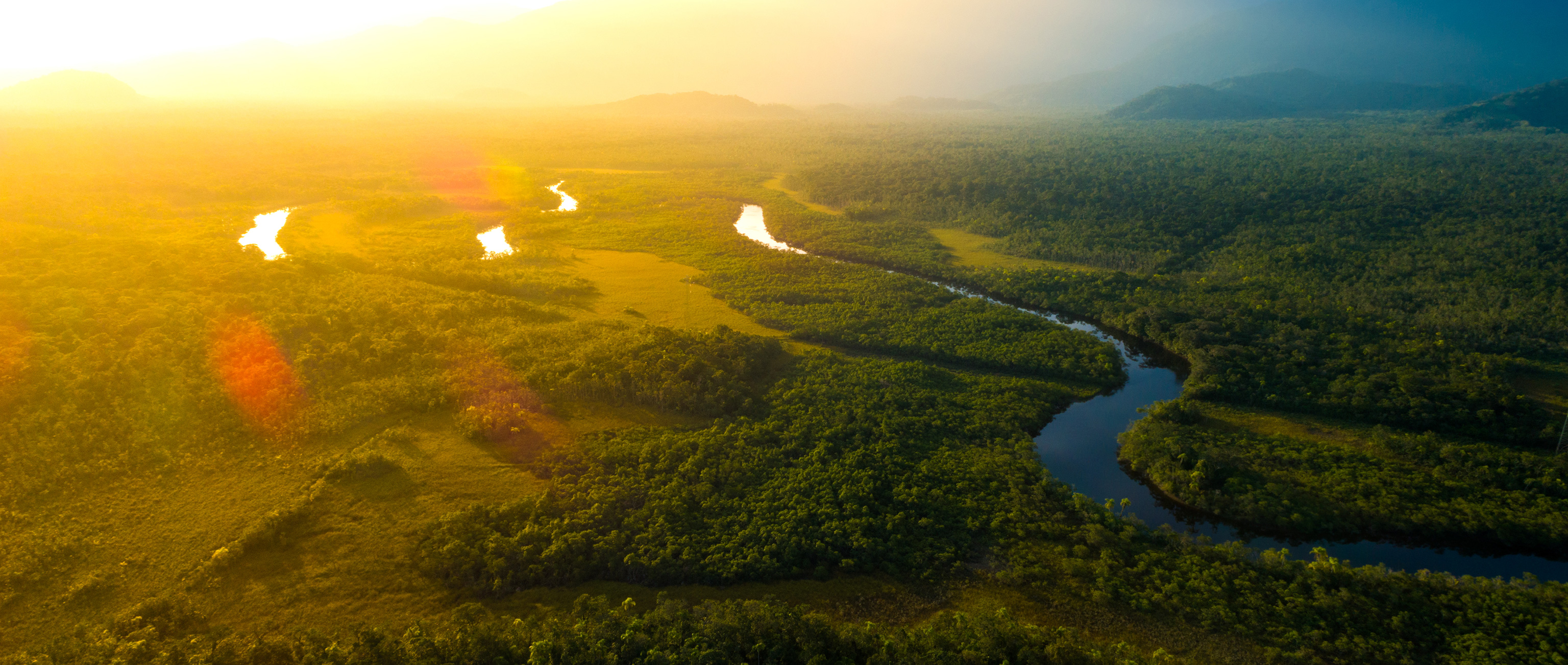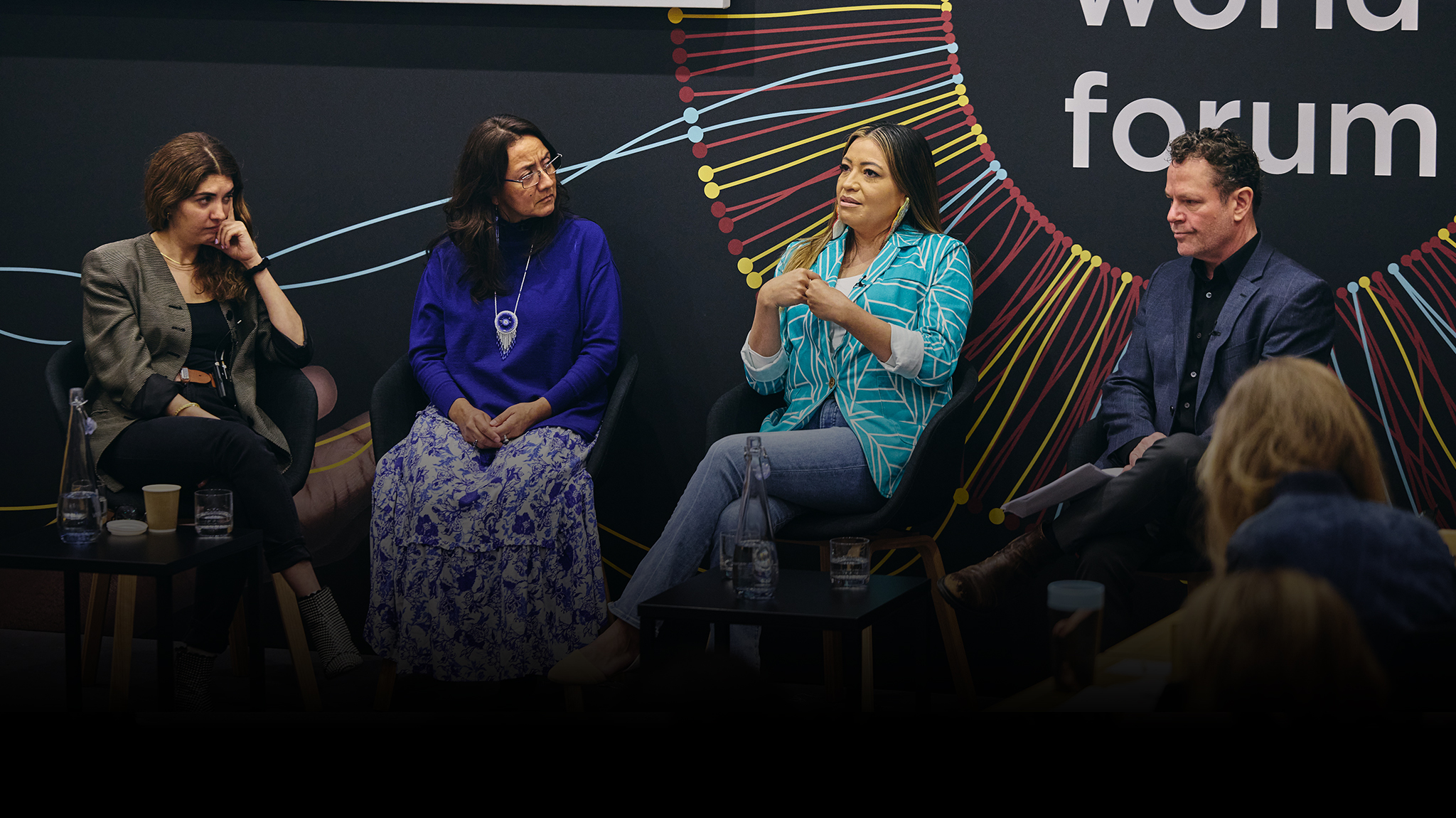How Amazon Conservation Team Approaches COVID-19 Response With Vulnerable Indigenous Communities During the Worsening Pandemic
Marginal access to healthcare, limited hygiene resources, and weak government support in deterring potentially contagious intruders put even the most remote communities in the Amazon at risk of the spreading pandemic. Indigenous communities—long threatened by introduced diseases—are among the most vulnerable populations in the region. In Brazil alone, the virus has already reached nearly 40 remote indigenous communities that lack the necessary healthcare resources to weather this crisis. Gloabally, only the U.S. has more COVID-19 cases than Brazil, with case numbers nearing half a million people. In Manaus, a city of more than two million located in the center of the Brazilian rainforest, mass graves have begun to fill. The mayor has described daily life as “tragic surrealism.”
The Amazon Conservation Team (ACT), a 2008 Skoll Awardee, has for 25 years worked hand-in-hand with indigenous and local communities of the Amazon to apply the power of innovation and time-tested traditional practices to protect the forests, watersheds, and cultures of tropical South America. COVID-19 may be the biggest challenge these communities have faced in generations, and ACT has cultivated close partnerships with some of the communities most at risk in the region. We caught up last week with Isidoro Hazbun, Manager of Public Affairs & Programs Support, at ACT to hear more about how they’re working with local governments and indigenous communities in response to COVID-19, mitigate its tremendous impacts, and support the indigenous communities of the Amazon.
Skoll: Broadly speaking, how are the communities you work with feeling the impacts of COVID-19 right now and how is Amazon Conservation Team approaching this crisis?
Isidoro Hazbun: We’re supporting communities in Brazil, Colombia, Peru, and Suriname in response to COVID-19. Since many of these vulnerable communities live in border areas, and may maintain multiple citizenships, the support work is also amplified to other countries of the region.
Let’s look at Manaus, the largest city in Brazilian Amazonia, and probably the hardest hit city in the region with COVID-19. It’s become a springboard for the virus to spread to other more remote areas in the region. You can go upriver from Manaus to neighboring Venezuela, Colombia, and Peru, and it took only a couple of weeks for the virus to spread to some of the most remote villages in the Amazon.
Unfortunately, bureaucracies in provincial capitals usually are far from the people they serve, so we have been a crucial facilitator of information, filling a vacuum of capacity in these critical times. We have a direct connection with these communities and we’re focusing on engagement and strengthening capacity on the ground, serving as a facilitator of information, action, and programs. As of today, we have received requests for support from 35 indigenous communities, 20 associations, and 10 health posts in remote regions.

ACT has provided an example for local authorities in terms of how to engage in this crisis and connect with the indigenous communities in these remote areas. For example, we built a model and database that the Ministry of Health in Colombia uses to guide their own work. We’re also beginning to engage with public authorities, such as the Colombian Air Force and police, because they have access to these remote areas and can send out foodstuff and healthcare inputs.
In addition, we are supporting remote indigenous communities with communications efforts, facilitating health safety infographics and videos and radio announcements in their different native languages, providing biosecurity and health kits, and conducting food security activities. COVID-19 has created a serious food crisis in the region—the food supply chain has broken down in areas where communities are food-dependent on nearby towns and villages that are on lockdown due to the virus. The COVID-19 pandemic’s effect on food security in the Amazon region needs to be addressed urgently.
Fortunately, a lot of the indigenous communities we have worked with have achieved self-sufficiency and are able to grow their own crops and vegetables, and have cows and chickens for food and eggs.
Skoll: I know you do a lot of work communicating directly to indigenous populations, particularly now around the risks of COVID-19. How do ensure those harder to reach folks receive these messages?
Isidoro Hazbun: Because many of the particularly vulnerable indigenous communities don’t have a full understanding of the English, Spanish, and Portuguese languages, we compile updated health safety information, translate it into native languages and share it through radio announcements and WhatsApp audiovisual messages that can reach remote communities. There’s always at least one radio or a mobile phone in even the smallest villages.
We’re partnered with the National Parks System on the Colombian border with Brazil to host radio broadcasts in remote areas, sending announcements in the indigenous languages, as well as Portuguese and Spanish, to provide up-to-date information and guidance during this developing crisis.

Skoll: You’re also working to help indigenous folks—who have left their communities to work in bigger towns and cities—get back home to be with family. How is this pandemic reshaping migration patterns?
Isidoro Hazbun: One of the big untold stories of this crisis concerns migration. Rural people, not only the indigenous, go to cities to sell food, or work in industries. These people have little saved for their day-to-day living and no capacity to survive in the next couple weeks.
Because of the collapse of the travel infrastructure, there are neither buses nor planes. There are reports from Peru saying that a lot of people have decided to just start walking towards home—even when it takes weeks to get there. We are supporting some of the stranded families with food supplies and health kits.
To learn more about what the Amazon Conservation Team is doing to protect Amazonia in partnership with indigenous communities and local partners, visit amazonteam.org



